Most Powerful Animation Software Tools in 2025 for Creators and Studios
The demand for polished 2D animated works is unprecedented compared to all other forms of digital media, entertainment, and education. As creators seek 2D animation tools that balance power and ease of use, the best 2D animation software should be versatile, performant, and compatible. Modern top platforms deliver a diversity of animation styles, from hand-drawn to motion graphics. Many also integrate with asset libraries and external design tools, facilitating smoother pipelines. Optimal software for 2D animation should feature customizable brushes, onion skinning, tweening tools, and the ability to export for various platforms. Adobe Animate and Toon Boom Harmony hold a strong market share, while user-friendly Toonz and Pencil2D are favored by independent creators and learners. Here, we explore the leading tools shaping 2D animation in 2025, helping artists create expressive quality productions for screens large and small.
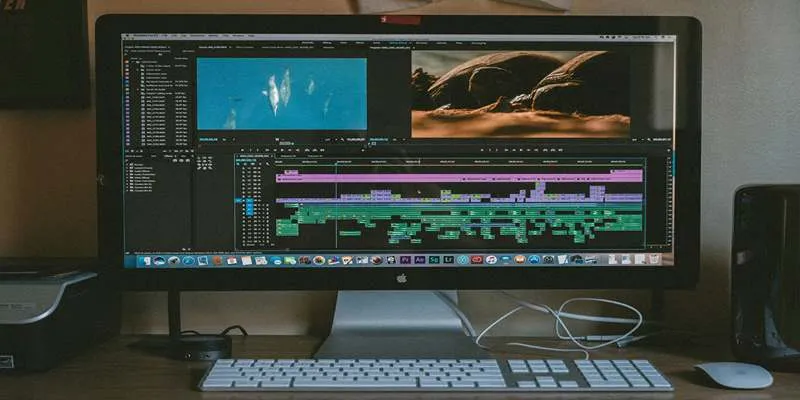
Best 2D Animation Software Tools in 2025
Adobe Animate
Adobe Animate remains a staple in the 2D world, especially for creatives requiring moving, interactive, and web-friendly animation. It excels in vector-based drawing and frame-by-frame control, perfect for designing character animations, infographics, and digital ads. Adobe Animate offers numerous output formats like HTML5, WebGL, and SVG, ensuring compatibility across multiple platforms. Its synergy with other Creative Cloud applications, such as Illustrator and After Effects, enhances its value, allowing animators to edit graphics or implement sophisticated visual effects. Features like bone rigging, asset reuse, and a motion editor streamline animation workflows, whether for mobile content or interactive web design. In 2025, Adobe Animate continues to be the preferred software for animators who value flexibility, creative control, and seamless integration into the digital media landscape. It is particularly suited for freelance artists, marketing teams, and educators wishing to incorporate dynamic content into their work.
Toon Boom Harmony
Toon Boom Harmony maintains its reputation in 2025 as one of the most powerful and fully functional 2D production tools for professionals. Widely used in animation studios worldwide, it offers a complete set of tools for traditional hand-drawn animation and advanced rig-based workflows. Its multi-plane camera system, advanced compositing tools, and deformers enable animators to create visually rich and smooth animations. Harmony supports bitmap and vector drawing, making it ideal for a range of creative approaches. It includes advanced rigging utilities, such as node-based systems that control characters, making it perfect for complex productions like TV series and feature films. Compatible with standard industry pipelines and formats, Toon Boom Harmony continues to be the preferred solution for animation professionals seeking precision, scalability, and high-quality output, supported by extensive tutorials, documentation, and a vibrant user community.
Leading 3D Animation Software for Creators in 2025
Blender
Blender continues to be a leading choice for 3D animation in 2025. This open- source software offers a full suite of tools for modeling, sculpting, rigging, and rendering, making it an excellent all-in-one solution. One of Blender’s standout features is its ability to create high-quality animations, thanks to its robust rendering engine, Eevee. Additionally, its active community contributes plugins and tutorials, enhancing the software’s capabilities. Whether you’re creating animated short films or 3D models for games, Blender remains a top choice for independent animators and professionals alike, offering powerful features without a hefty price tag.
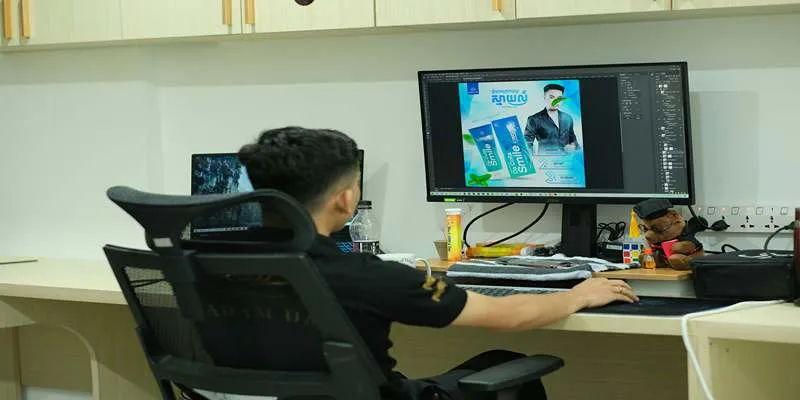
Autodesk Maya
Autodesk Maya excels in offering tools for modeling, simulation, and rigging, providing animators with complete control over their creations. Maya’s high- quality rendering capabilities, along with tools for motion capture, help animators achieve lifelike movements. It also supports various file formats, making it compatible with many other programs. Maya’s deep integration with other Autodesk products, such as Mudbox and MotionBuilder, makes it a perfect choice for large studios or teams working on complex animation projects.
Creative Animation Platforms for All Skill Levels
Vyond
Vyond is an excellent animation platform for both beginners and professionals looking to create 2D animations quickly. Known for its ease of use, it allows users to create animated explainer videos, marketing content, and educational material with little to no experience in animation. Vyond offers a range of templates, characters, and animation tools that make the process seamless, while still offering customization for more experienced users. The platform’s ability to export high-quality videos in multiple formats, including MP4, makes it a popular choice for businesses and educators.
Moho (Anime Studio)
Moho, also known as Anime Studio, is a powerful yet intuitive tool for creating 2D animations. It provides robust vector tools, bone rigging, and timeline controls that streamline the animation process. Moho’s features are perfect for animators who want to create fluid character animations with advanced rigging. Whether working on a short film, TV show, or personal project, Moho’s tools help streamline the process of creating complex animations. It’s particularly ideal for small studios or individual animators who require a cost-effective solution for professional 2D animation.
Animation Software for Game Design in 2025
Unity with Maya and Blender Integration
Unity is a leading game development engine, and when combined with Maya and Blender, it offers a seamless animation pipeline for game designers. Maya and Blender provide the necessary tools to create high-quality 3D models and animations, which can then be imported into Unity for real-time game development. This integration allows animators to create intricate, lifelike character movements and environmental animations, providing developers with the tools needed to craft immersive gaming experiences.
Unreal Engine with Animation Tools
Unreal Engine is another powerful game engine that integrates advanced animation tools. It allows game developers to use a range of animation software, including Maya and Blender, to create realistic character animations. Unreal Engine’s real-time rendering capabilities enhance the gaming experience by providing photorealistic visuals. Its animation blueprint system also simplifies the process of creating complex character behaviors, making it a perfect platform for game studios aiming for cutting-edge visual storytelling in their projects.
Conclusion
Animation software has evolved to offer tools that cater to both professionals and hobbyists alike. From industry-leading programs like Maya and Blender to creative platforms like Vyond and Moho, animators now have access to a wide range of tools suited to their needs. Whether you’re creating 2D animations for social media or 3D models for games, selecting the right software can significantly improve your workflow and output.
Related Articles
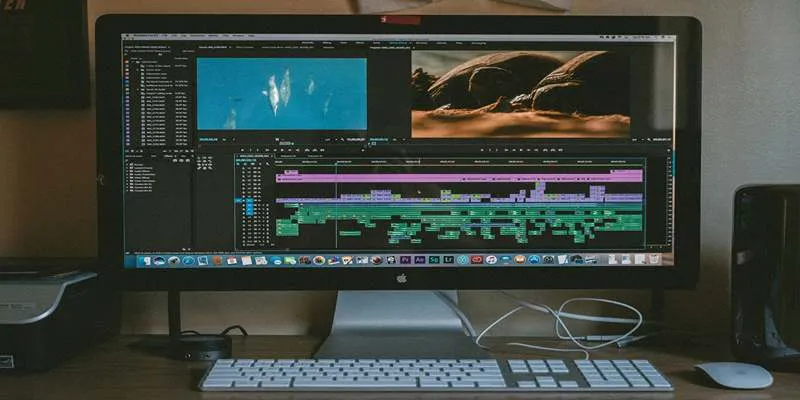
Top Sprite Animation Tools for Game Development
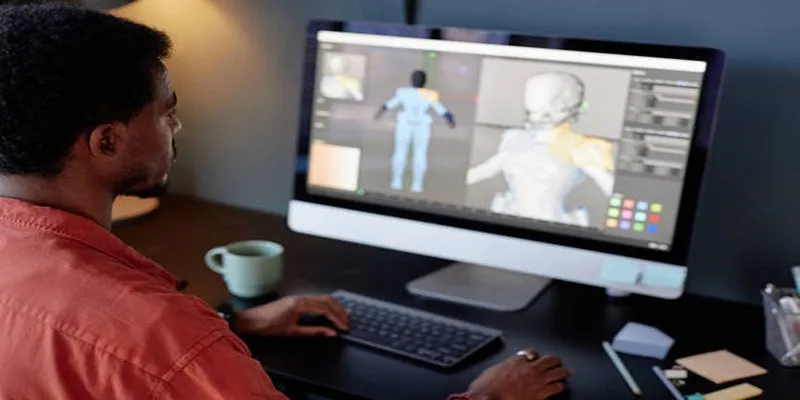
5 Best Free Stop Motion Apps for Beginners and Pros
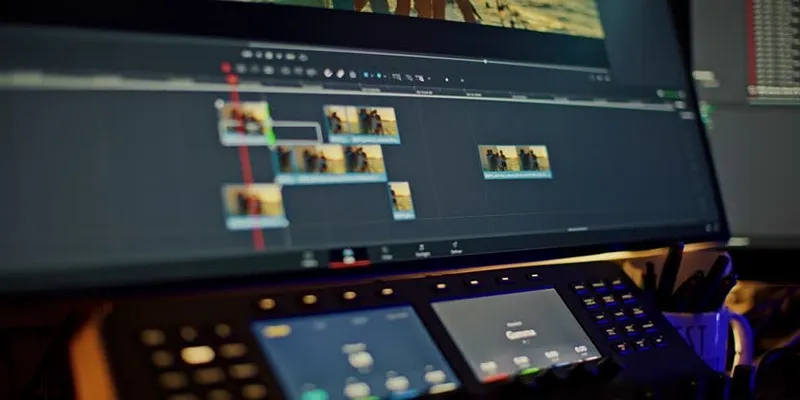
Master the Art of Stop Motion in iMovie Step by Step
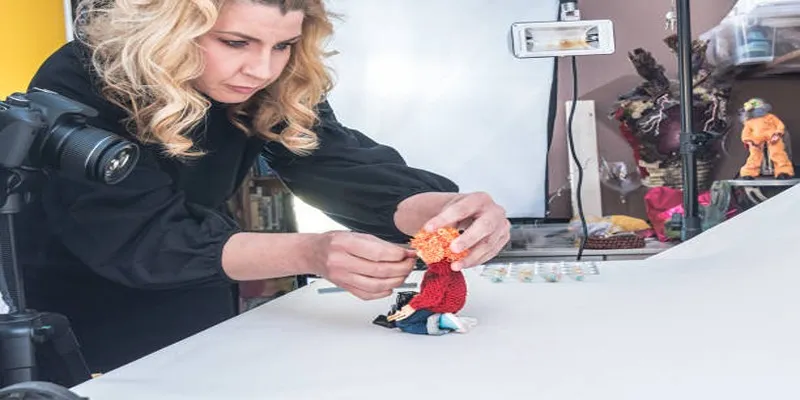
6 Best Tools to Create Stunning Animated Videos with Ease

Discover the Best Free and Paid 3D Video Makers for Windows

Discover the Best Free and Paid 3D Video Makers for Windows

Top 5 Free After Effects Slideshow Templates You Need to Try
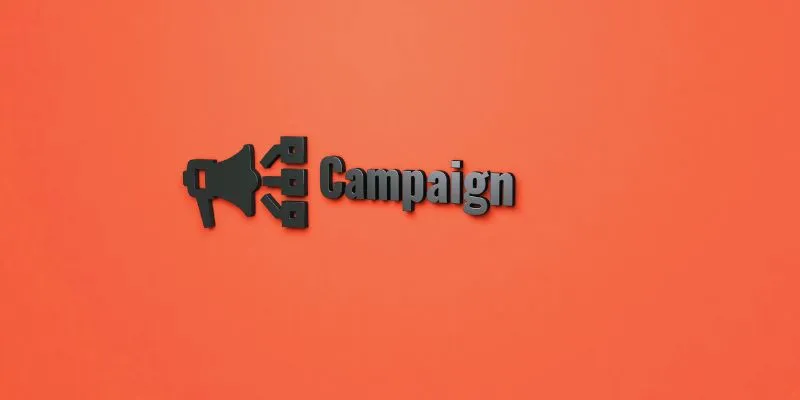
The 13 Best Campaign Management Software Tools to Streamline Your Marketing

Top Movie Making Tools for New Creators and Experienced Editors
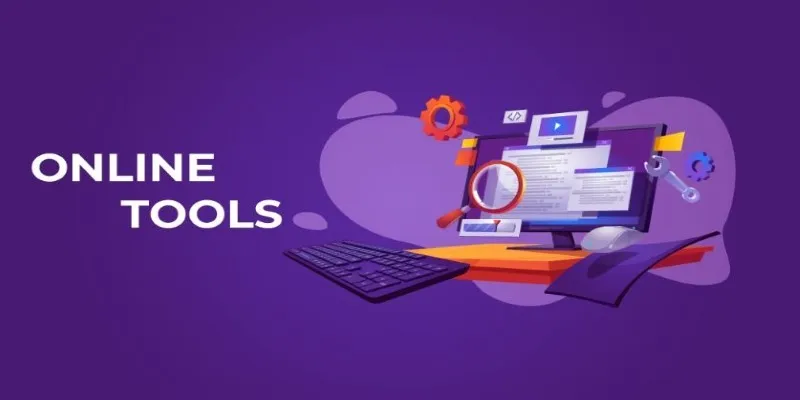
The Power of Online Tools: Definition, Purpose, and Impact
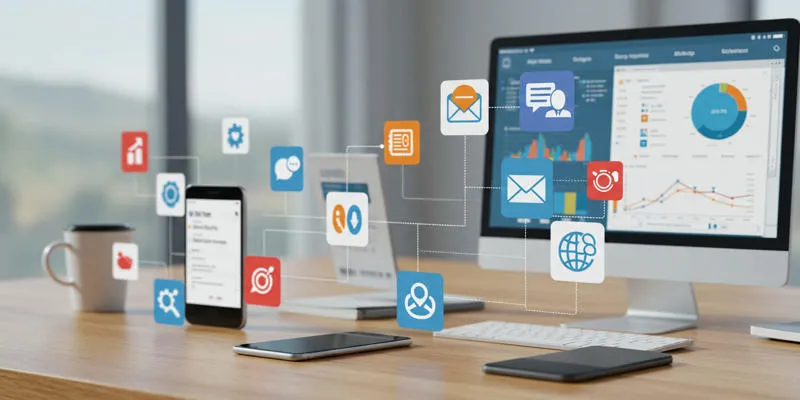
20+ Best Digital Marketing Tools
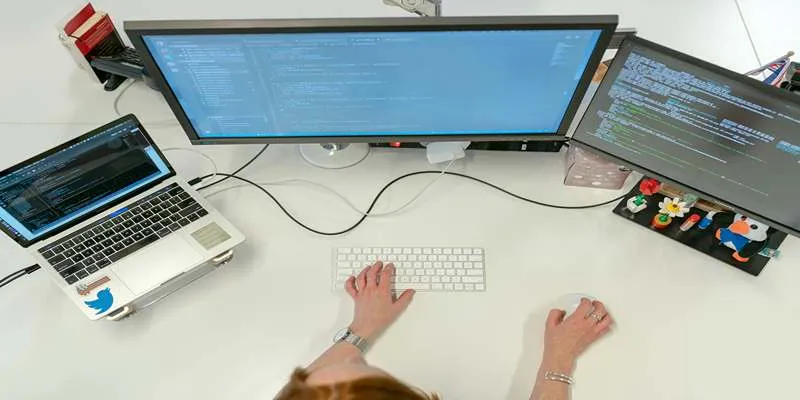
Top FTP Sync Software Solutions for Free File Transfers
Popular Articles
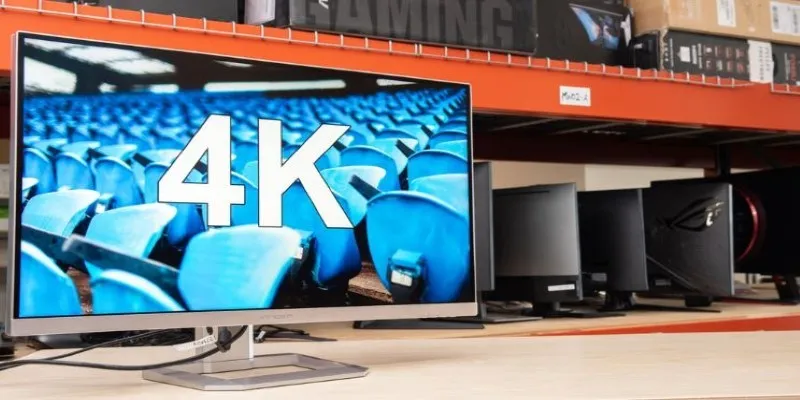
Top 5 4K Monitors You’ll Love for Gaming, Work, and Beyond
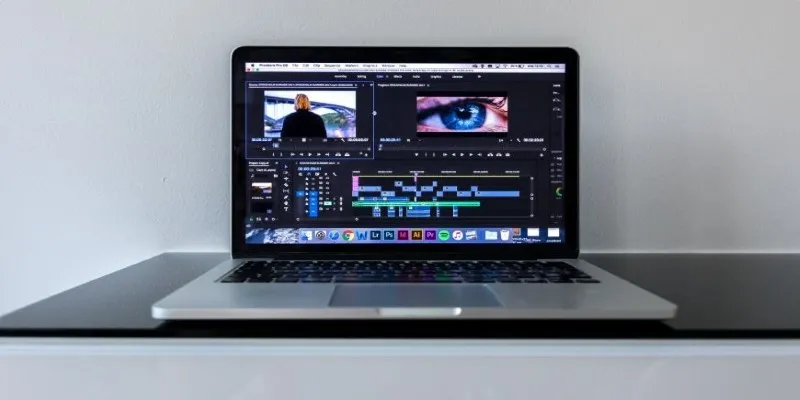
Smooth Out Your Footage: Premiere Pro Stabilization Guide
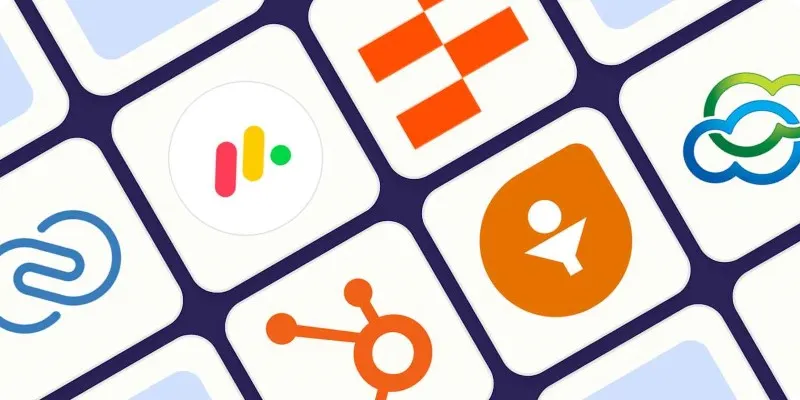
The 7 Best Client Management Apps in 2025 for Smoother Workflows and Happier Clients
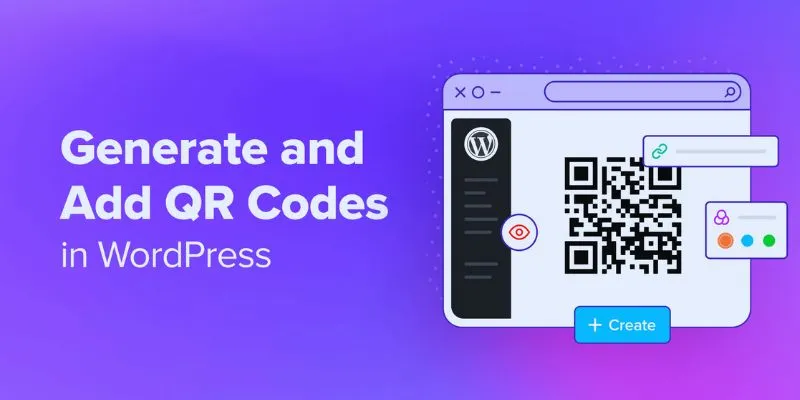
How to Generate and Add QR Codes in WordPress: An Easy Step-by-Step Tutorial
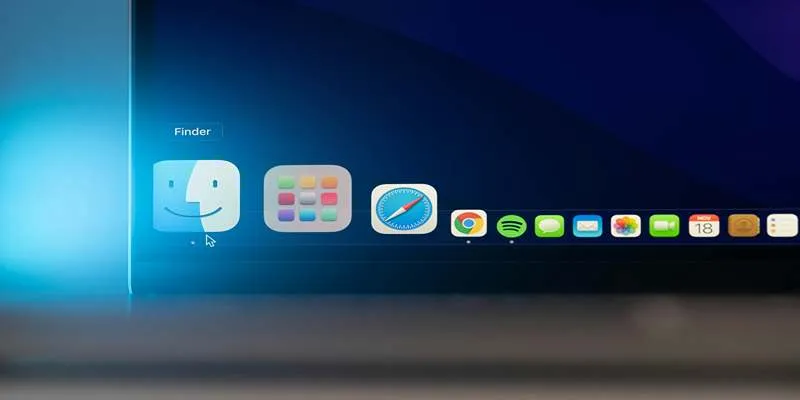
Best Online Banking Tools for macOS and iOS

FerretDB 2.0 Launches as Open MongoDB Alternative with PostgreSQL

Top 5 Video Stabilization Tools for Professional-Quality Footage
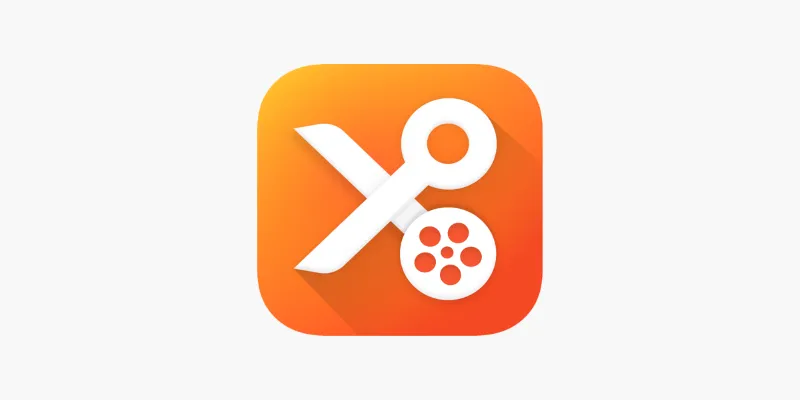
YouCut App Review: Features, Pros, Cons & Pricing
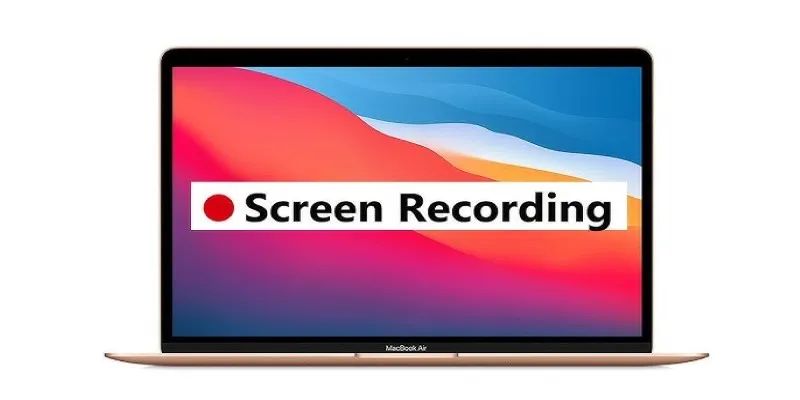
Record Your Mac Screen Easily on Sequoia & Sonoma

Best Driver Update Apps for Windows in 2025
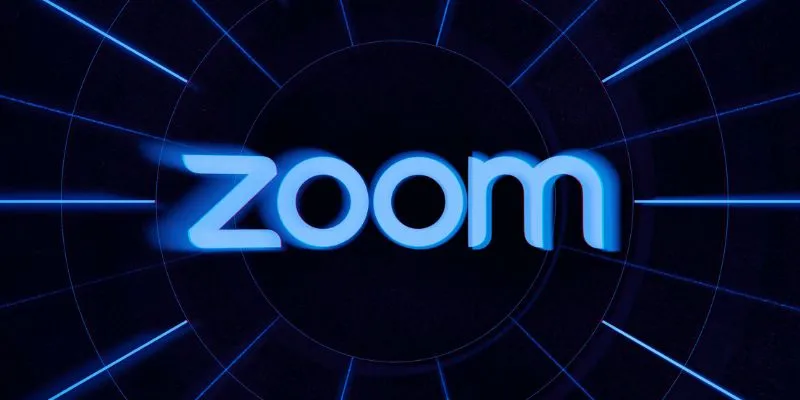
How to Share Audio on Zoom: The Step-by-Step Guide for Beginners

 mww2
mww2